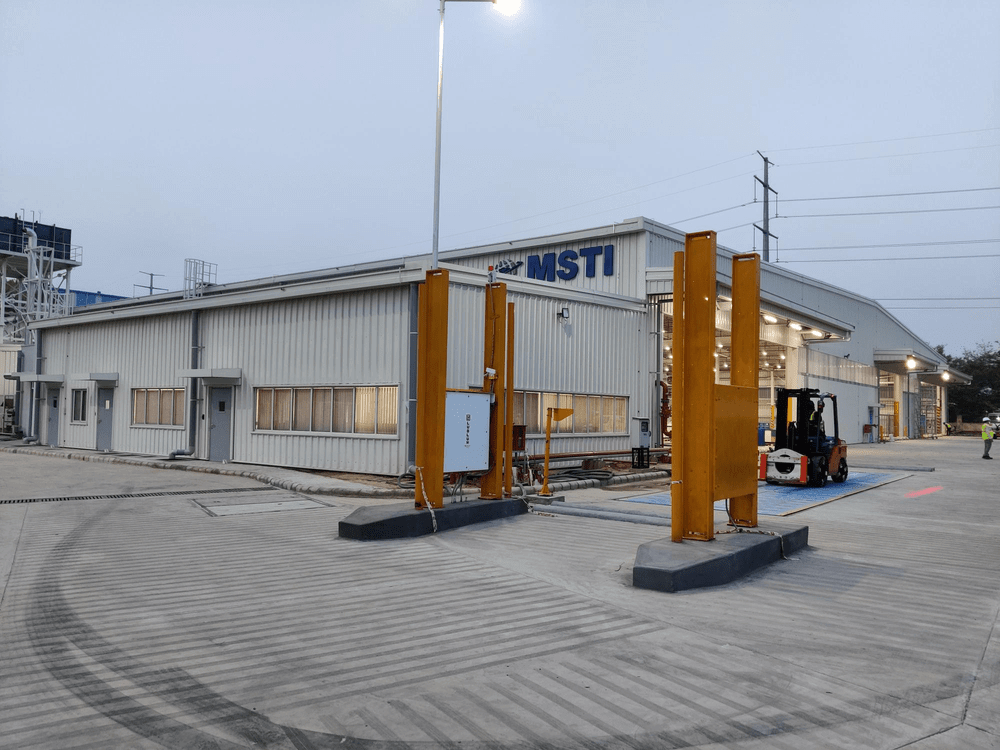The Environmental Impact of End-of-Life Vehicles
The impact of ELVs on the environment is significant. When not disposed of properly, they can release hazardous chemicals, such as lead and mercury, into the environment. The improper disposal of ELVs can also contribute to air pollution, water pollution, and landfill waste. According to a study by the Centre for Science and Environment, over 8.7 million old vehicles in India are responsible for 75% of vehicular pollution. It highlights the urgent need to address the issue of ELVs.
1. Hazardous Materials
ELVs contain various hazardous materials that can significantly threaten the environment and public health. These materials include batteries, airbags, and various fluids such as motor oil, brake fluid, and transmission fluid. If not disposed of properly, these materials can contaminate soil and water, causing environmental damage and threatening public health.
2. Soil and Water Contamination
The improper disposal of ELVs can lead to soil and water contamination, which can cause significant environmental damage. The fluids and hazardous materials in ELVs can seep into the ground, contaminating soil and groundwater and making it unfit. This contamination can have far-reaching consequences, affecting the immediate environment, neighboring areas, and communities.
3. Air Pollution
Improper disposal of ELVs can release harmful pollutants into the air, such as mercury and lead. These pollutants can cause respiratory problems and other health issues in people near the disposal site. The air pollution generated during the recycling process also needs to be addressed to minimize the impact of ELVs on public health and the environment.
4. Waste Reduction
ELVs often contain reusable parts and materials, and proper recycling can help reduce the environmental impact of these vehicles by conserving resources and reducing waste. Recycling can also help recover valuable metals and other materials that can be reused, reducing the need for new resources and minimizing the environmental impact of manufacturing.
In conclusion, the environmental impact of end-of-life vehicles is significant, and proper disposal and recycling are crucial to mitigate the damage caused by these vehicles.

Government Rules for Scrapping Vehicles
1. Age Limit for Vehicles
According to RTO rules, vehicles over 15 years old are not allowed to ply on Indian roads. Diesel vehicle over 10 years old are not allowed to ply in Delhi-NCR. Owners of such vehicles must scrap their vehicles at authorized vehicle scrapping facilities (RVSF).
2. Certification of Scrapping Facility (RVSF)
The RTO mandates that only Registered vehicle scrapping facilities (RVSF) can scrap ELVs. Maruri Suzuki Toyotsu India (MSTI) have the necessary certifications and equipment to ensure the safe and environmentally friendly disposal of ELVs.
3. Digitization in Vehicle scrapping
Owners of ELVs must apply on Vahaan portal to apply for scrapping their vehicles. Certificate of Deposit ( COD) and Certificate of Vehicle Scrapping ( CVS) will be generated on Vahaan Portal only. It eliminate the visit to RTO�s .
3. Issuance of Certificate of Deposit (COD)
Once the ELV has bene received by RVSF and payment has been payment to Registered owner of the vehicle, certificate of Deposit will be generated on Vahaan Portal. By using the COD, Registered Owner can avail the applicable benefits by purchasing the new vehicle.
4. Issuance of Certificate of Vehicle scrapping (CVS)
Once the ELV has been scrapped at an authorized facility, photo of cutout of chassis plate and engine no. shall be uploaded by RVSF on Vahaan portal to generate the CVS. Registered owner can download the CVS on Vahaan Portal. This certificate proves the vehicle has been disposed of safely and properly.
5. Penalties for Non-compliance
Non-compliance with RTO rules for scrapping vehicles can result in penalties and fines. Owners who fail to scrap their ELVs at authorized facilities can be subject to legal action and fines.
RTO rules for scrapping vehicles are in place to ensure the safe and environmentally friendly disposal of ELVs. Vehicle owners need to comply with these rules to reduce the environmental impact of ELVs and contribute to a more sustainable future.

How MSTI is Addressing the Issue of End-Life-Vehicles
Maruti Suzuki Toyota India (MSTI) is a joint venture between Maruti Suzuki India Ltd and Toyota Tsusho Group, which aims to reduce the environmental impact of ELVs. MSTI has a state-of-the-art vehicle scrapping facility in Noida, uses the latest technology to ensure that ELVs are dismantled and disposed of in a safe and environmentally friendly way.
Here are some ways in which MSTI is making a difference towards a sustainable future:
1. Safe and Environmentally Friendly Disposal of ELVs
MSTI's authorized vehicle scrapping facility dismantles ELVs in a scientific and environmentally friendly manner. The facility has the necessary certifications and equipment to ensure ELVs are safely and properly disposed of. MSTI is using the global experience of more than five decade in India to Dismantle the ELVs.
2. Reduction of Landfill Waste
The scrapping facility recovers and recycles metal, plastic, rubber, and glass from ELVs, reducing landfill waste. It contributes to a more sustainable and circular economy by reducing the need for virgin resources.
3. Reduction of Carbon Footprint
By promoting the scrapping of old and polluting vehicles, MSTI is helping to reduce the carbon footprint of the transportation sector in India. The scrapping of old vehicles and recycling their parts also reduce the need for new vehicle production, which has a significant carbon footprint.
4. Job Creation and Skill Development
MSTI's scrapping facility has created job opportunities for local communities and provided employees with training and skill development programs. It contributes to the local economy's growth and helps build a skilled workforce.
Overall, MSTI contributes to a more sustainable future for India by promoting safe and environmentally friendly disposal of ELVs, reducing landfill waste, reducing the transportation sector's carbon footprint, and creating job opportunities and skill development programs for local communities.
Conclusion
ELVs are a significant environmental concern, and individuals and organizations must take steps toward more sustainable solutions. By following the RTO rules for scrapping vehicles and utilizing Registered vehicle scrapping facilities (RVSF) such as MSTI, they ensure that ELVs are disposed of safely and environmentally friendly. By doing so, we can contribute to a more sustainable future for India.
